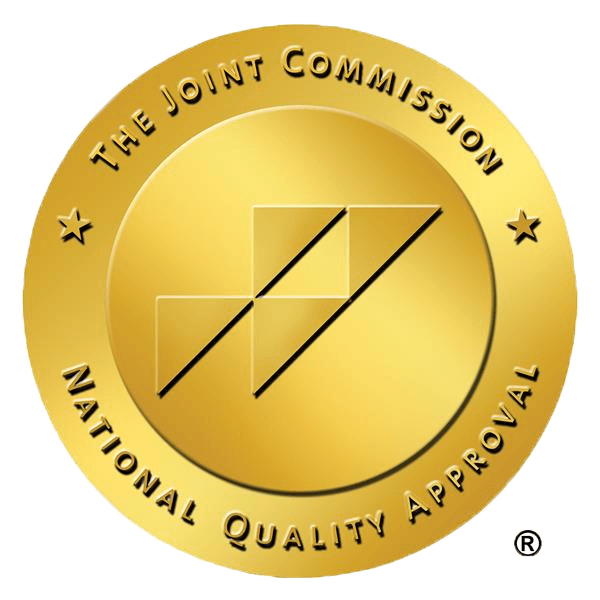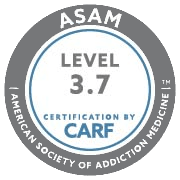Morphine – Purpose, Abuse, Withdrawal, and Treatment Options
Table of Contents
Morphine is a habit-forming drug that carries a high risk for tolerance, dependence, and addiction. People who become dependent on morphine often face a difficult time with stopping this drug on their own. This is due to the severe withdrawal symptoms, such as nausea, insomnia, drug cravings, and many others.
Knowing more about morphine and its dangers, you can prepare to seek expert help. A drug rehab program can help you change course before serious health problems—including a fatal overdose—occur.
What is Morphine?
Morphine is an opioid drug used to relieve moderate to severe pain such as that caused by surgery and injury. It is also used to mask pain in patients with terminal cancer. Morphine is the active ingredient in opium, which is the juice pulled from the opium poppy plant.
Morphine and work by attaching to opiate receptors in the brain and body to block pain signals. It also creates a feeling of calm as well as euphoria.
Why Do People Abuse Morphine?
Morphine carries a risk for abuse due to the way this drug increases the brain’s production of dopamine. Dopamine is a brain chemical that is released when someone has engaged in something that involves feelings of pleasure.
This chemical reaction in the brain becomes stamped in the brain’s reward system. This reinforces the act of using morphine and prompts the user to repeat the experience.
People who build a tolerance to morphine often start using higher amounts of the drug in an effort to chase the desired effects. Repeated use of morphine can quickly lead to dependence and addiction, even just a couple of weeks.
Morphine Abuse Statistics
- Natural opioids like morphine contributed to nearly 15,000 drug overdose deaths in 2017.
- E.R. visits that involved morphine increased by 120% from 2005 to 2011.
- Misuse of drugs like morphine costs the U.S. about $78.5 billion per year.
- In 2015, about 2 million people in the U.S. had drug use disorders related to drugs like morphine.
- Between 21% and 29% of people who are prescribed pain meds like morphine end up misusing them.
- Roughly 80% of heroin users first used drugs like morphine before switching to heroin.
- The number of drug overdose deaths that involved opioids like morphine was 5 times higher in 2016 than in 1999.
What is the Morphine Withdrawal Timeline?
People who become dependent on morphine will experience withdrawal symptoms when trying to stop this drug abruptly. These symptoms can be so severe that it causes people to start using morphine again just to get relief.
Morphine drug detox helps people safely withdraw from opioids. Because the detox is closely observed, there is reduced risk for complications — such as relapse and overdose. Morphine detox takes place at inpatient drug detox centers, where certain drugs may be used to help relieve withdrawal symptoms.
The morphine withdrawal timeline begins 6-12 hours after the last morphine dose, and takes about one week to complete.
What Happens at Morphine Drug Rehab?
After the morphine withdrawal timeline is completed, the morphine addiction will be addressed. Addiction is characterized by uncontrollable use of drugs despite harmful consequences and is caused by long-lasting changes in the brain triggered by regular, repeated drug use. A drug rehab program helps people make needed changes using a range of behavioral therapies and therapeutic techniques.
People who suffer from morphine addiction can go to drug rehab and gain new coping skills. While in treatment, the person learns skills that help them avoid future drug use and relapse. These include CBT, 12-step support groups, family therapy, classes, and life and recovery coaching. There are also holistic methods taught at the inpatient drug rehab that can aid in the recovery process.
Dana Point Rehab Campus provides guidance and support as you or a loved one processes through the morphine withdrawal timeline. Once detox is complete, DPRC offers tailored treatment plans to help someone safely recover from morphine addiction. Fill out our quick and easy insurance form to confirm your benefits so you can receive discounted addiction treatment.









Leave a Reply
Want to join the discussion?Feel free to contribute!